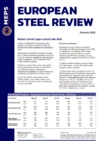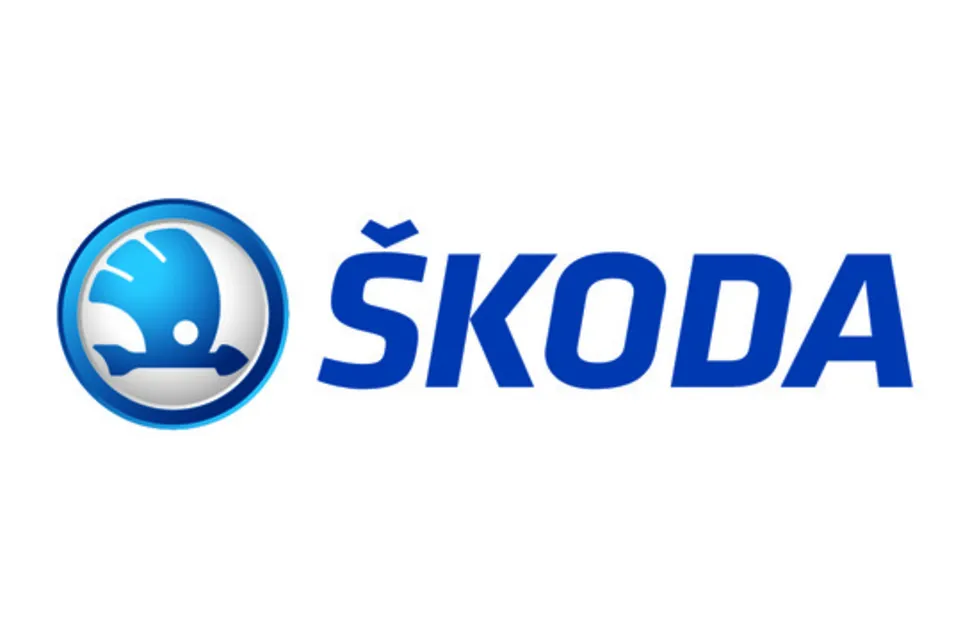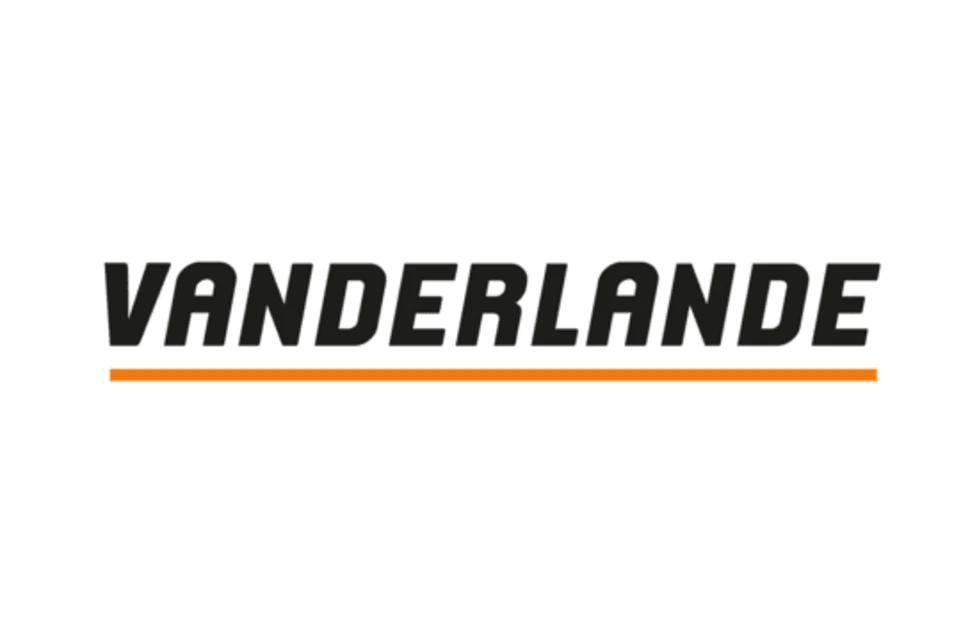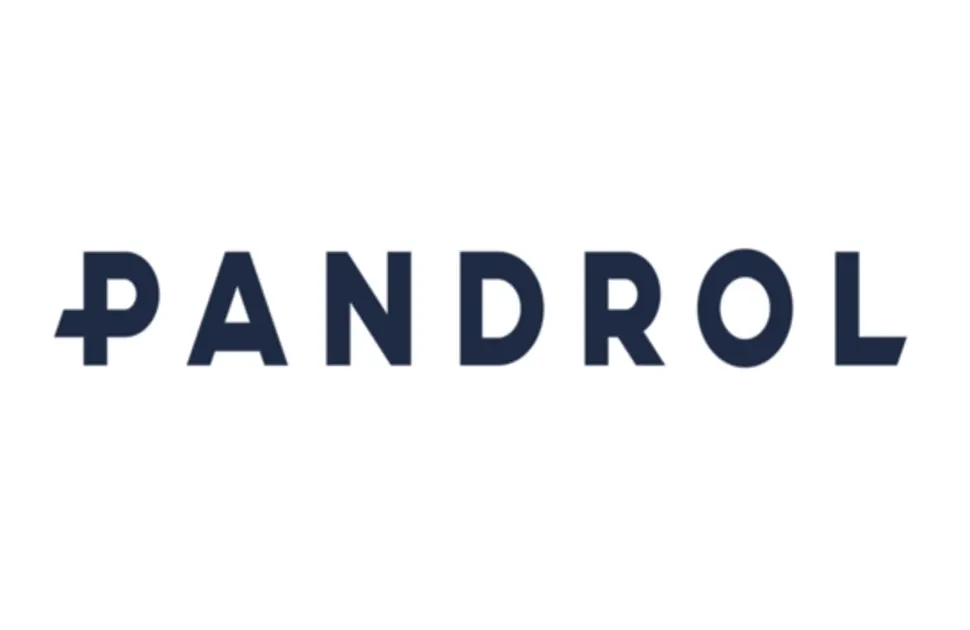War returns to Europe - How will it affect steel feedstock?
In the first part of this series, we analysed the effects of the Russia-Ukraine war on steel supply in Western Europe. In part two, we examine the implications for steel feedstock and energy costs.
Semi-finished steel
Slab
Russia and Ukraine are major exporters of steel slab, and it is a key feedstock for a number of plate producers in Western Europe. A Russian-owned steelmaker supplies its Belgian and Danish subsidiaries, and a Ukrainian-based mill provides its UK affiliate’s requirements.
The largest country in the region importing steel slab, Italy, purchases nearly 2.5 million tonnes of material per year. Three-quarters of this is sourced from Ukraine, and almost one-fifth from Russia. Additionally, Germany imports approximately 500,000 tonnes annually from Russia.
Given Europe’s high dependency on Black Sea-origin slab, it is unsurprising that hot rolled plate has been the finished steel product most affected by the outbreak of war. Plate prices have surged by more than 50 percent, in recent weeks.
Semi-finished steel is not included in the European Commission’s embargo on Russian-origin imports. However, payment for feedstock from the country is impractical, following sanctions preventing Russian banks from using SWIFT, the global financial messaging system.
Global slab supply was already tight, before the commencement of the military attack on Ukraine. Prices have been rising steadily since the start of this year. The upward momentum is expected to continue, as an increased number of buyers compete to procure material from a reduced number of suppliers.
Brazil is the primary alternative in the absence of Russian and Ukrainian mills, but producers in the South American nation are largely committed to their customers in the United States. Other overseas sources of slab include Indonesia, India, Saudi Arabia, Iran, and Turkey. However, any extra volumes available from suppliers in these countries are likely to be insufficient to fulfil the requirements of European rerollers.
Billet
In addition to slab, billet is a key product imported from Russia and Ukraine. Diminished availability will negatively affect Italian rerollers that obtain material from the former country and those in Bulgaria that procure from the latter nation.
Steelmaking Raw Materials
The Russia-Ukraine war has, directly and indirectly, affected the supply and price of various steelmaking raw materials.
Ferrous scrap & pig iron
Turkish import scrap values increased by approximately US$150 per tonne (30 percent) since the start of the conflict on February 24. Steel producers in Turkey have registered increased orders, from both local and overseas customers, in the absence of CIS-based mills. This, combined with the reduced supply of imported semi-finished steel, has driven the upturn in demand for ferrous scrap.
Despite the onset of spring, collection rates across Europe, for old grades of material, are being hampered by high transport costs and other logistical challenges. Meanwhile, constrained output at vehicle producers and manufacturing companies is limiting the generation of prime scrap.
Furthermore, shortages of CIS-origin pig iron are boosting demand for new grades of material. Increased quantities of prime scrap can be used in furnaces to offset the reduced availability of pig iron.
Similar to the situation for steel slab, Brazil is the main alternative source of pig iron supply, but that country’s cargoes are principally destinated for the United States.
Iron ore & coal
Regarding other raw materials, European integrated mills previously imported iron ore pellets and PCI coal from the CIS region.
Iron ore’s recent price upturn was significantly less pronounced than that recorded for most other commodities. Global supply has been adequate for existing requirements. In China, the authorities’ anti-speculation proclamations, rising Covid cases, and a weak housebuilding sector have restricted demand. However, iron ore prices may receive a boost from a spring pickup in Chinese steel production, expectations of increased stimulus measures in China, and tight global scrap supply.
The availability of metallurgical coal is poor, compounded by flooding in Australia. Buyers in Europe may seek to switch their purchasing to suppliers in the Americas, albeit at a premium. Consequently, coal prices are expected to be maintained near their record-high level, in the short term.
Energy
Energy prices were already climbing before the war commenced. They are likely to remain volatile, but elevated, in 2022, amid the fallout from the military conflict. This will have an inflationary effect on European steelmakers’ production costs.
Oil
Brent crude oil prices averaged approximately US$70 per barrel in 2021. Values climbed steadily in January and February, this year, before surging in the first week of March, up to almost US$130 per barrel, on expected supply tightness in Western countries, following sanctions.
Prices corrected downwards, below US$100 per barrel, through the middle of the month. The EU stopped short of an import ban from Russia. Moreover, expectations of increased supply, and concerns about demand in China, exerted negative pressure on oil prices. Nonetheless, the downturn is expected to be temporary, and a partial recovery was recorded in recent days.
Oil prices are expected to be supported above US$100 per barrel during 2022. Consequently, the price of fuels will escalate, raising the cost of shipping and road transport in global supply chains, including those for steel and raw materials.
Gas
The EU is aiming to reduce its reliance on Russian fossil fuels, particularly natural gas. The bloc imports around 40 percent of its gas requirements, and more than 25 percent of its oil needs, from Russia. Boosting imports of liquefied natural gas would provide an alternative source of energy. However, low inventories, strong demand in Asia, and limited terminal capacity in Europe will constrain this option.
If energy supply from Russia to Europe is restricted – either by direct sanctions or retaliatory measures – electricity prices are likely to surge. This would result in power rationing and lead to significant cuts in output at steelmakers and industrial manufacturing companies. This would reduce both the supply of, and demand for, steel.
In the next part, we will analyse the impact on steel demand and the economy.
Related Articles
Intro War returns to Europe - What does it mean for steel buyers?
Part 1 War returns to Europe - How will it affect steel supply?
Part 3 War returns to Europe - How will it affect steel demand?
EU outlaws Russian steel
Steel prices surge as war in Europe disrupts supply chains

Source:
European Steel Review
The MEPS European Steel Review is an informative, concise and easy-to-use monthly publication, offering unique professional insight into European carbon steel prices.
Go to productRequest a free publication





